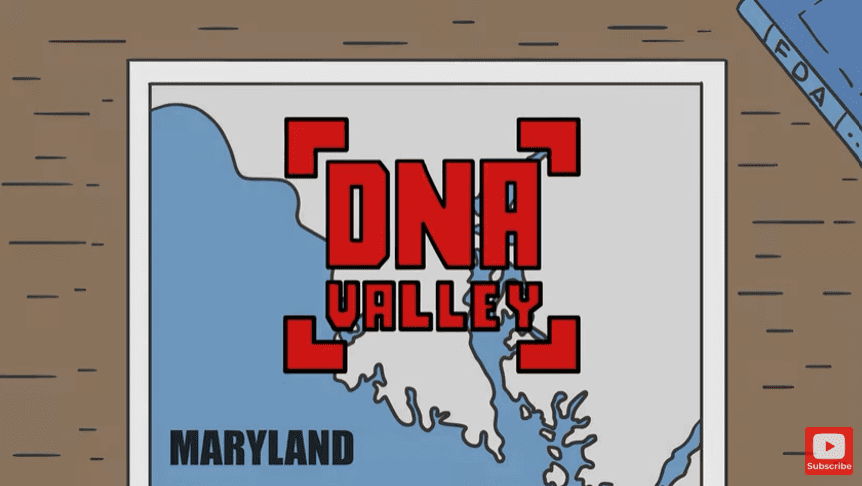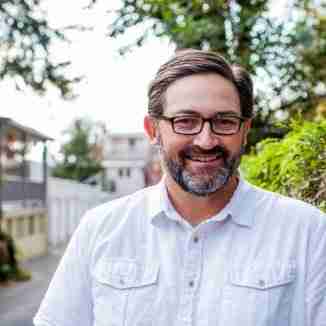
“DNA Valley” Continues to Flourish in Maryland, the Birthplace of the Human Genome Project
The Human Genome Project launched in 1988 when the U.S. National Academy of Sciences outlined the goals for one of the most ambitious projects in human history: the sequencing of the entire human genome. As part of the launch, the Office for Human Genome Research was founded within the National Institutes of Health (NIH), making the NIH and Maryland the epicenter of the Human Genome Project for the next 15 years.
Remarkably, the Human Genome Project mapped 90% of the genome two years ahead of schedule in 2003, marking a tremendous and invaluable scientific achievement by a team of thousands from 20 research centers and universities across the globe. The sequencing of the human genome planted the seeds that grew into two revolutionary life sciences sectors: the cell and gene therapy industries.
The legacy of the Human Genome Project can be seen all across Maryland today, as the state has become a vibrant and expanding hub for leading-edge cell and gene therapy companies.
Jeff Galvin, the CEO of American Gene TechnologiesⓇ, one of the leading biotech companies in Maryland, has championed the state as “DNA Valley.” And Galvin should know: he came to Maryland after a successful career in Silicon Valley and sees parallels between the early days of an emerging Silicon Valley and what’s going on today in DNA Valley, which currently stretches from Montgomery County and Frederick, Maryland all the way up to Baltimore.
“Maryland has significant unique factors that make it a particularly efficient place to grow a company in the gene and cell therapy industry – a combination of a highly trained workforce, federal institutes like NIH and the FDA, excellent educational institutions, and lots of room for growth. The Human Genome Project happened right here, and not only unlocked the secrets of our DNA, but also generated a critical mass of scientists experienced in cutting edge genetics who then started or joined companies here,” stated Galvin.
“What we’re seeing in Maryland today is what I saw happening in the early days of Silicon Valley, where talent, technology, and local, state and federal resources came together to create explosive growth in new high-tech industries such as computers, software, and the Internet. The Human Genome Project ‘lit the fuse’ on what is now DNA Valley, and the momentum building in Maryland around cell and gene therapy will make the state a global leader in this space.”
Scores of companies are developing cell and gene therapies in Maryland. Kite, a Gilead Company, REGENXBIO, NextCure, Neximmune, Arcellx, Maxcyte and American Gene Technologies are just a few that call DNA Valley home. Galvin believes that the exciting scientific innovations emerging from DNA Valley are just the tip of the proverbial iceberg.
Gilead Sciences, after acquiring Kite Pharma, chose to locate Kite’s brand new 275,000 square foot cell therapy manufacturing facility in Frederick, Maryland.
REGENXBIO received its first FDA approval for ZOLGENSMA, which was created as a one-time fix for spinal muscular atrophy in toddlers under the age of two. REGENXBIO’s platform technology that applied to spinal muscular atrophy was sold to Avexis and later Novartis for $8.7 billion.
In early 2022, Arcellx announced that it closed a successful IPO. In September of this year, Maxcyte opened a brand new 67,000 square foot headquarters in Rockville. NextCure is growing rapidly and advancing its pipeline of novel, potentially first-in-class therapies. NexImmune recently announced a new research collaboration with the National Institute of Neurological Disorders and Stroke (NINDS) of the National Institutes of Health (NIH) and had an IND cleared by the FDA in the summer of 2022.
Galvin’s American Gene Technologies also recently announced an update on its Phase I trial for its promising HIV Cure Program.
In addition to the bevy of emerging cell and gene therapy companies, DNA Valley sits within the #4 ranked bio cluster (as per Genetic Engineering & Biotechnology News) in the U.S. and is empowered by a remarkable suite of assets that support the larger Maryland, Virginia, and Washington D.C. biopharma ecosystem. Maryland alone has some 2,700 life sciences companies and nearly 500 private research and development organizations. There is also a bio hub sprouting around the University of Virginia in Charlottesville.
DNA Valley’s assets include some of the world’s greatest research and regulatory bodies like the NIH and the FDA. Great research universities like Johns Hopkins University and the University of Maryland System also call DNA Valley home and continue to provide the talent and great ideas that fuel innovation. Maryland itself has one of the highest concentrations of PhDs per capita in the U.S., making it a state with a deep and rich life sciences talent pool to support growth.
The state of Maryland also offers life sciences companies, including those in the cell and gene therapy space, a robust slate of tax incentives, including a Biotechnology Investment Incentive Tax Credit, a Research and Development Tax Credit and a Job Creation Tax Credit.
Those are just a few of the reasons why cell and gene therapy companies choose to hang their shingle in Maryland.
“It takes a village to raise a company and you couldn’t get a better village than Maryland. What we’re doing at AGT™ would be difficult to do anywhere else. This is a small town and a giant town at the same time. There’s so much momentum and growth and opportunity. It’s also an incredible place for a family and life,” stated Galvin in his recent Montgomery County Hall of Fame induction speech.
“We can build this community to a level that will make my old home of Silicon Valley jealous,” he added.
All the life sciences assets and support elements exist in Maryland to make it a global epicenter of cell and gene therapy innovation well into a bright future. DNA Valley is flourishing and the best is yet to come.
Stay tuned.
To follow the DNA Valley story as it unfolds, check out American Gene Technologies’ DNA Valley video series here.
- About the Author
- Latest Posts
Steve brings nearly twenty years of experience in marketing and content creation to the WorkForce Genetics team. He loves writing engaging content and working with partners, companies, and individuals to share their unique stories and showcase their work. Steve holds a BA in English from Providence College and an MA in American Literature from Montclair State University. He lives in Frederick, Maryland with his wife, two sons, and the family dog.






